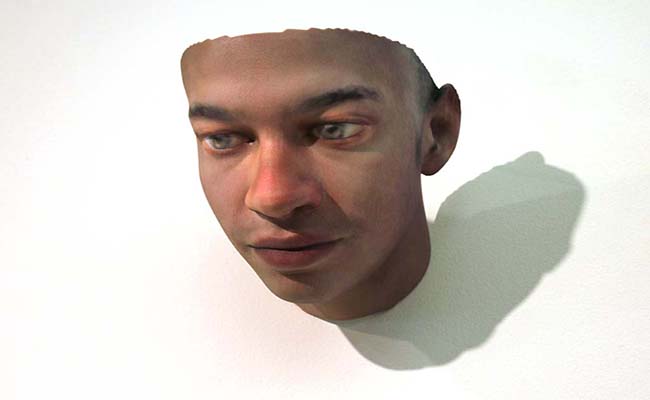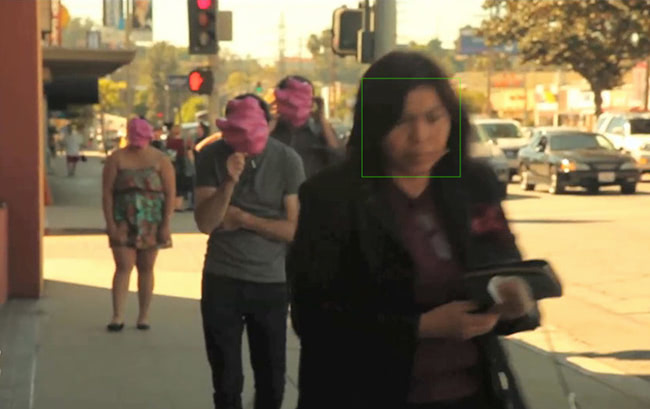In an age in which most of what we do or think is easily recorded under the pretext of optimization and security through data collection, what can be done in order to gain a sense of control over individual privacy?
Think of how your iPhone scans your fingerprint and grants you access to your home-screen, or how Facebook uses facial recognition software so that you can tag your friends easily in photos. Some of these services are used to enhance our experiences with the many different forms of technology on which we rely. But oftentimes the question of privacy is being overlooked in favor of regulation through the systematic collecting of personal information by different forms of authority.
Biometric technology is based on physiological and behavioral data and it is widely used as a form of identification, access control and, last but not least, surveillance. Given the hypothetical scenario in which Big Data becomes the new Big Brother, how can we as individuals counteract the potential effects of this accumulative circulation of personal information? Here are a couple of artists who envisioned such a surveillance-driven dystopia and managed to formulate ways of responding to it.
We already mentioned artist Heather Dewey-Hagborg as a relevant example of how a DIY attitude can be employed to simulate the effects that biometric technology is able to consolidate as a norm. In her project Stranger Visions, she aimed to raise a public discussion around the way in which the prospect of genetic surveillance can be used to regulate and limit human behavior. By collecting genetic material (shed hairs, chewed-up gum, smoked cigarette butts etc.) from public spaces, Dewey-Hagborg managed to recreate 3D portraits of the people who unsuspectingly left small traces of themselves behind. Through her research and method, she was also able to make statistical predictions of how these people behaved, what sort of medical conditions they had and even what their last names were.
 Reconstructed portrait from Heather Dewey-Hagborg's project "Stranger Visions"
Reconstructed portrait from Heather Dewey-Hagborg's project "Stranger Visions"
Another example is theorist and artist Zach Blas, with his project entitled Facial Weaponization Suite. His goal was to thwart facial recognition software through the use of a well-known identity concealer: the mask. He created a series of amorphous plastic masks based on distorting the facial features of their wearers to the point where biometric software is rendered useless. The series is further split into different categories according to ethnicity, gender and sexuality, showing how biometric algorithms are mainly reliant on pre-existing archetypes of human features. Blas argues that these so called “archetypes” lye on a rather pseudo-scientific fundament, sorting data through the use of racial profiling, and should more accurately be labeled as stereotypes.
 "Fag Face" mask from Zach Blas' project “Facial Weaponization Suite”
"Fag Face" mask from Zach Blas' project “Facial Weaponization Suite”
Therefore, the question remains: who are we going to trust with our personal data? For now it seems we are using our need for privacy as inspiration for subversively confronting the potential future of mass-regulation and surveillance.
Sources: Wikipedia, The Creators Project, The New Inquiry.
Images: Zach Blas, Heather Dewey-Hagborg.

Share your thoughts and join the technology debate!
Be the first to comment